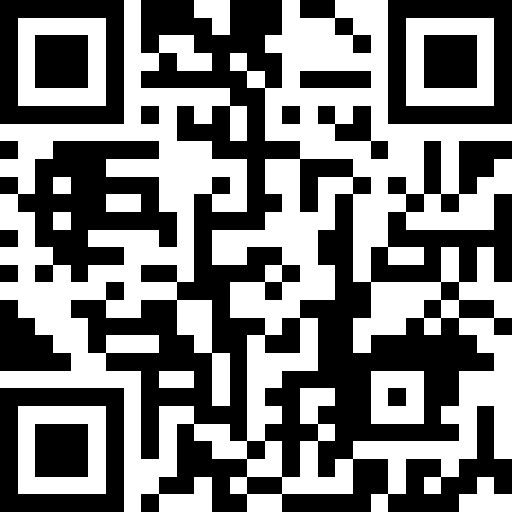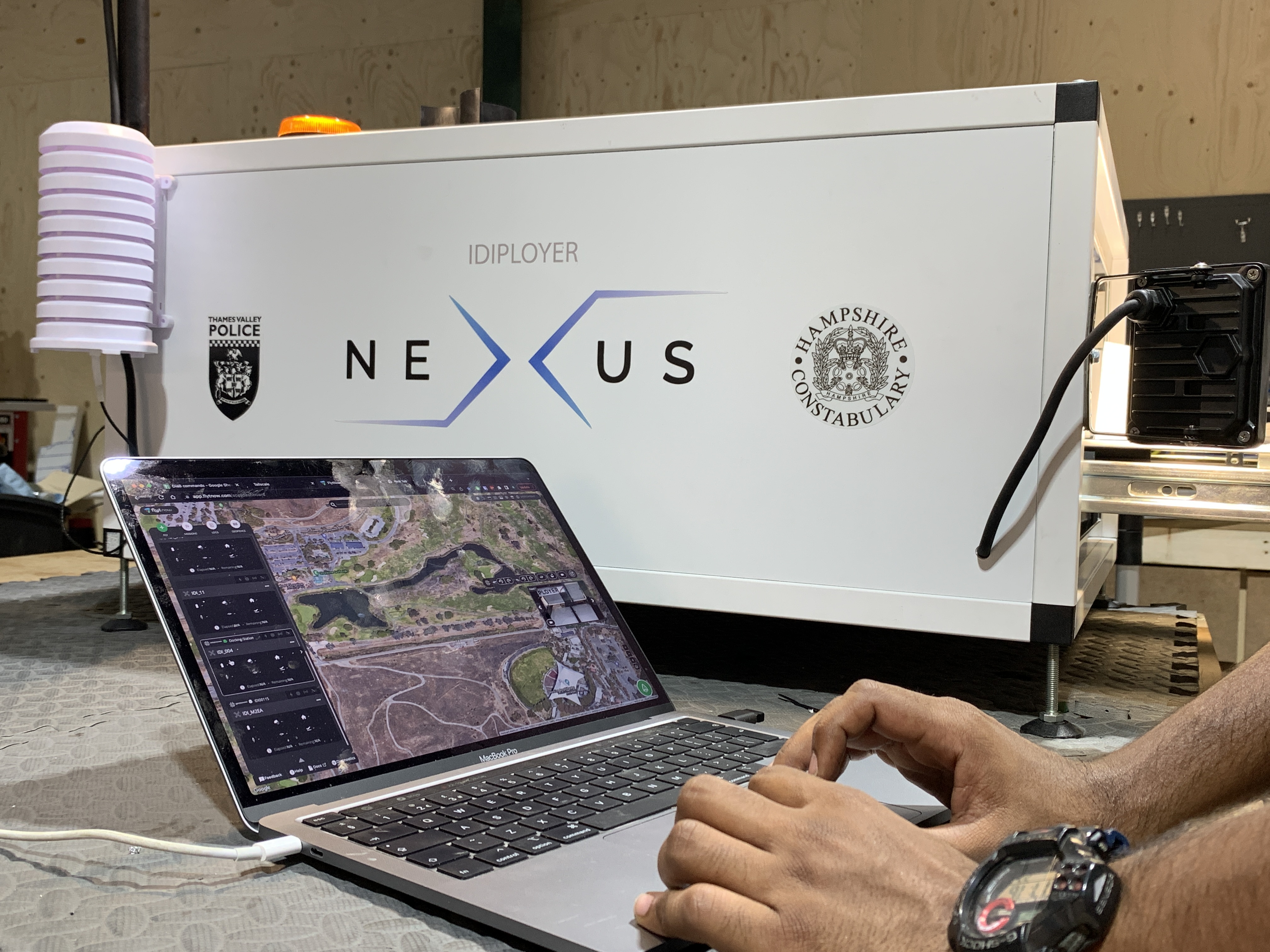Title Page
-
Conducted on
-
Prepared by
-
Location
UAS On-Site Team Briefing
-
Has a briefing been conducted?
-
Reason
-
Provide a Summary of Briefing
-
Confirm the following key points to your spotters/camera operators
-
The remote pilot must not fly the small unmanned aircraft: a) within the flight restriction zone of a protected aerodrome unless in receipt of the appropriate permission as required within article 94A or the Order; b) at a height of more than 400 feet above the surface; c) over or within 150 metres of an organised open-air assembly of more than 1,000 persons; d) Within 50 metres of any person, vessel, vehicle or structure that is not under the control of the SUA operator or the remote pilot, except that during take-off and landing this distance may be reduced to 30 metres.
-
If you are operating under an OSC please State Reduced Distances Here.
-
When operated at a distance of greater than 250m lateral displacement from the PIC, the maximum height reduces to the standard 400’ AGL as per standard PfCO permissions.
-
Continue to next question
-
You must stay directly adjacent to the remote pilot and maintain direct unaided visual contact with the small unmanned aircraft at all times, to visually and aurally monitor the airspace for other aircraft and the area that the small unmanned aircraft will be operating in for any uninvolved persons, vehicles, vessels or structures.
-
the competent observer has been instructed on the actions to take in the event of another aircraft being spotted and a risk of collision is assessed;
-
has been instructed on the actions to take in the event of any uninvolved person, vehicle, vessel or structure being sighted within, or close to, the minimum distances specified
-
the competent observer understands that he/she must advise the remote pilot if the small unmanned aircraft is proceeding beyond the point at which he/she is able to monitor its flight path sufficiently to identify a risk of collision
-
Validate teams understanding of the roles?
-
Describe reasons and rebrief
-
Validate understanding again.
-
Have Radios been issues?
- Radio 1
- Radio 2
- Radio 3
- Radio 4
- Non Issued
-
Provide Reason
-
Test all radios are receiving
-
Test and Confirm Channel











